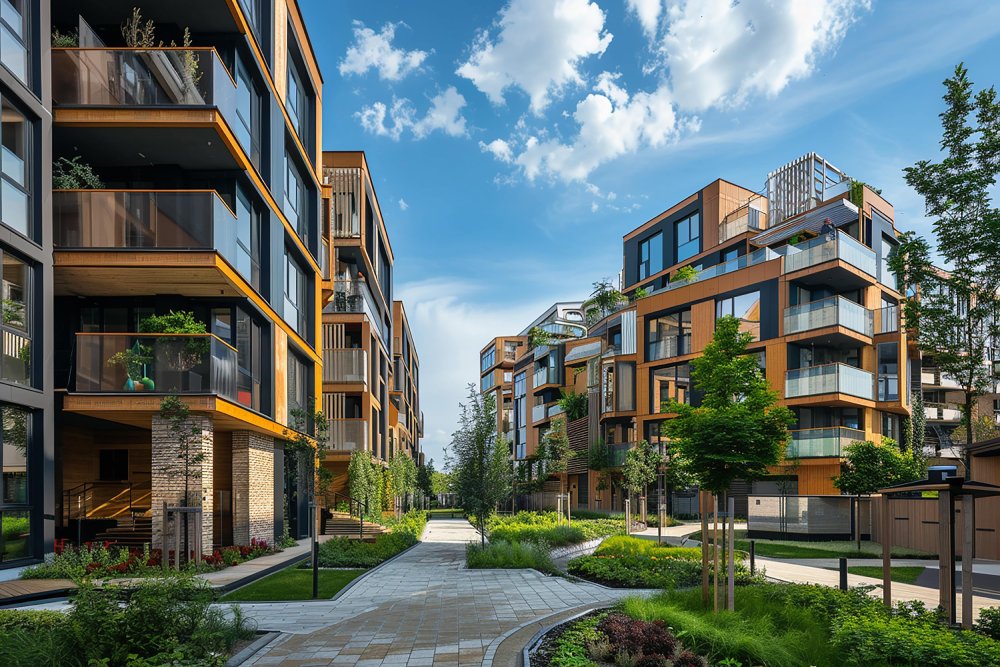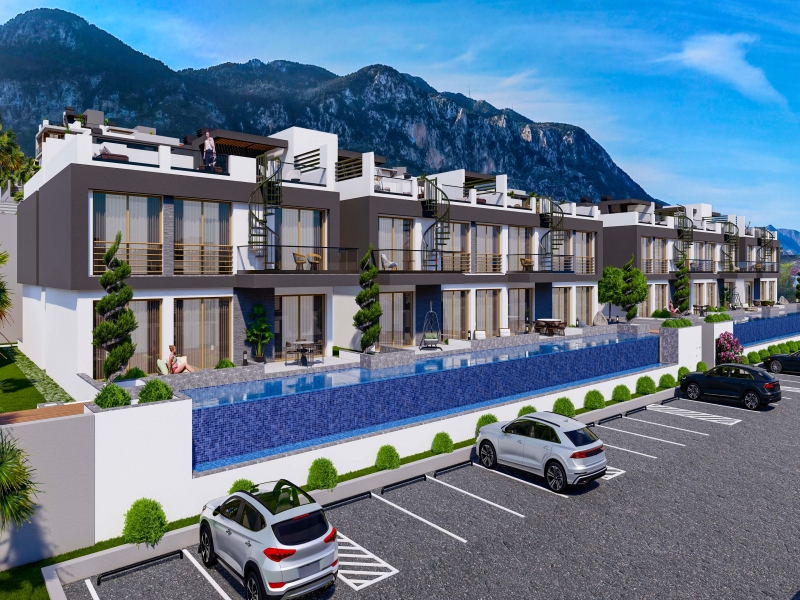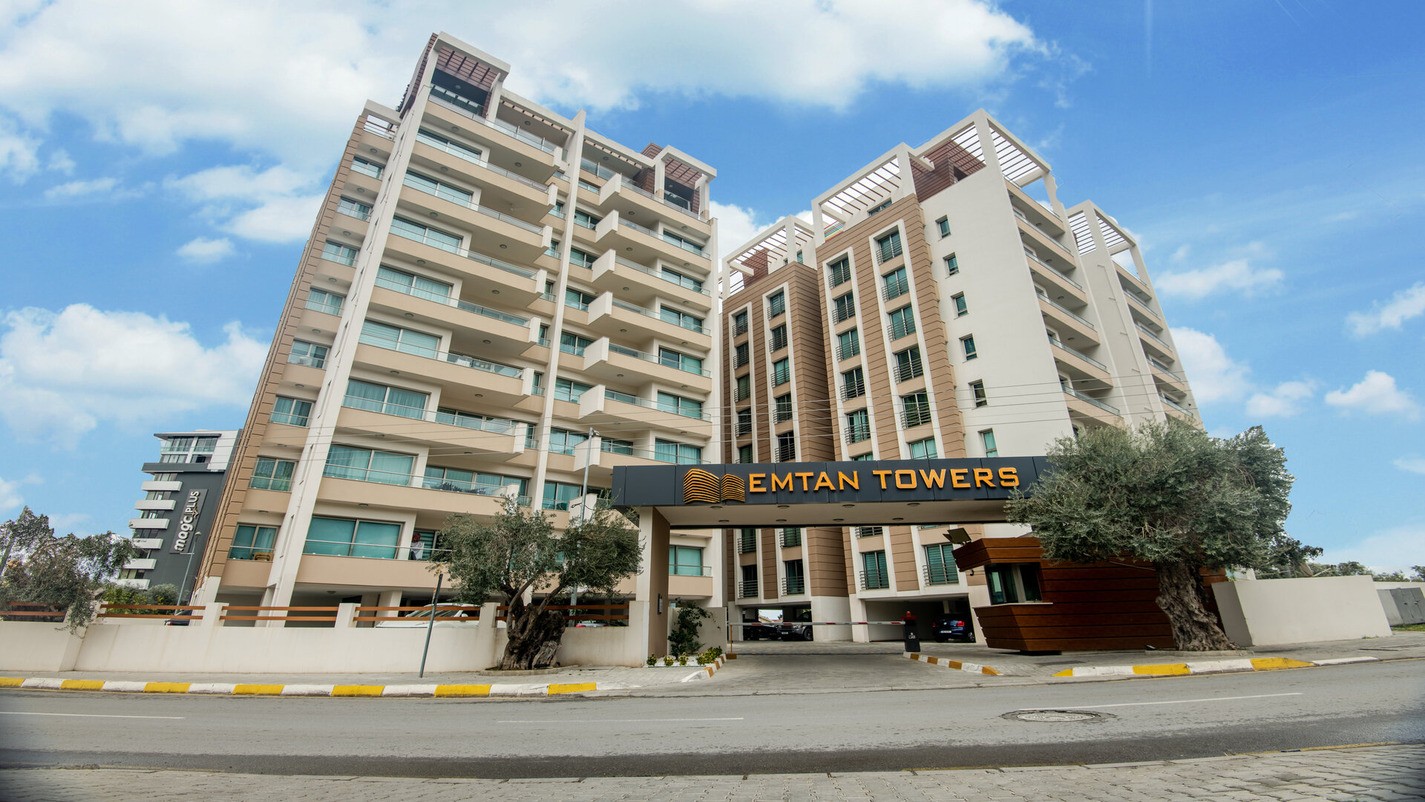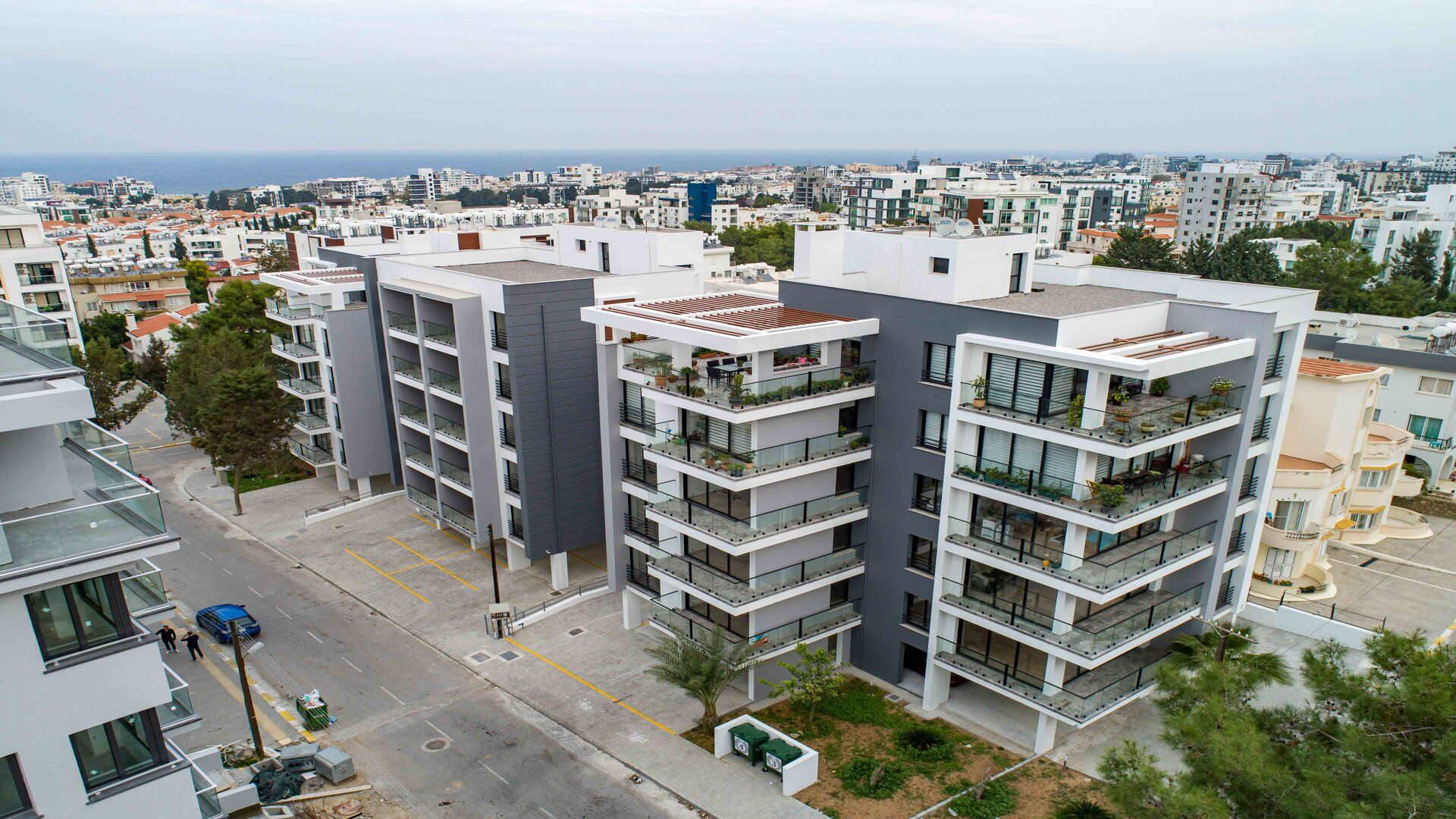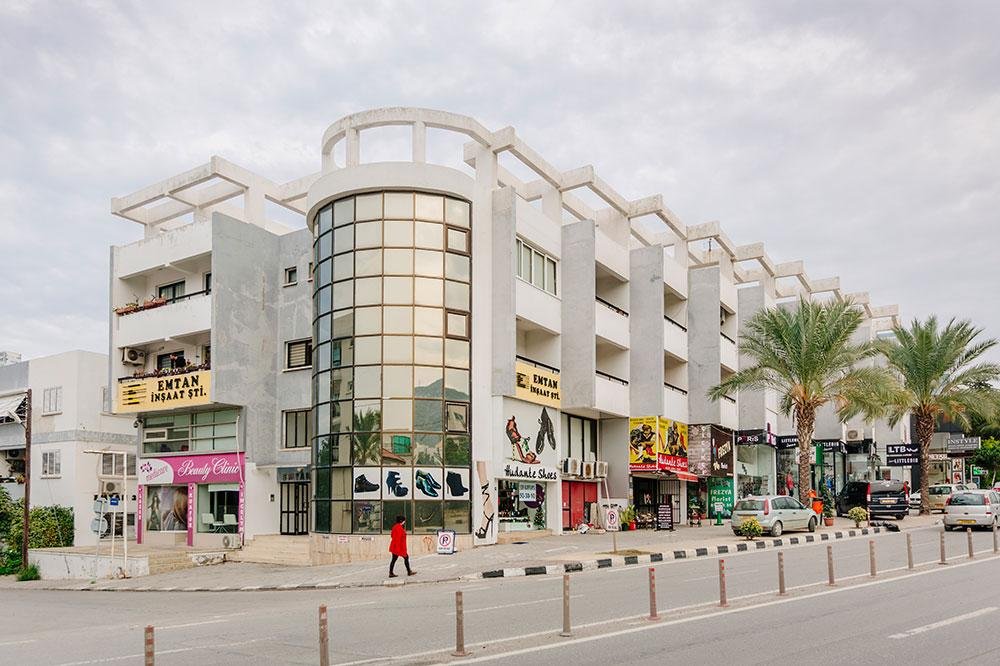The importance of urban transformation in modern cities is increasing. Cities must respond to constantly changing social and economic dynamics. In this context, urban transformation aims to strengthen urban infrastructure, increase quality of life and ensure sustainability. Unlike traditional urban renewal approaches, urban transformation offers a holistic approach that includes both physical improvements and social participation, economic sustainability and environmental factors.
The transformation of cities has broad effects such as promoting economic growth, supporting social inclusion and cultural diversity. It also plays an important role in combating climate change by adopting environmental sustainability principles. Therefore, urban transformation for modern cities not only improves the physical environment, but also includes the goal of creating more livable cities for future generations by increasing the quality of urban life.
Urban Transformation Concept
Urban transformation is a multifaceted process that includes comprehensive changes in urban infrastructure, land use patterns and community dynamics. This process represents a strategic approach that aims to increase the functionality, sustainability and resilience of cities in order to respond to evolving social needs and challenges. Strategic planning, urban design interventions and policy frameworks are used as part of this dynamic process to make cities more liveable, inclusive and economically vibrant.
Reasons for Urban Redevelopment
Urban redevelopment is fueled by a variety of influential factors, including addressing aging infrastructure, accommodating population growth and adapting to economic change. This process aims to revitalize low-lying neighborhoods and areas as a proactive response to urban decay and stagnation. By renewing urban areas, redevelopment projects stimulate economic activity, attract investment and improve the overall quality of life of residents. They also contribute significantly to the preservation of cultural heritage and the promotion of sustainable development practices.
Difference Between Urban Renewal and Urban Transformation
While urban renewal generally focuses on physical revitalization and upgrading urban infrastructure, urban transformation takes a more holistic approach. It goes beyond mere cosmetic changes and integrates social participation, economic sustainability and environmental factors into urban planning and development processes. Unlike city renewal, urban regeneration promotes comprehensive urban renewal; enhances community well-being, promotes social justice and ensures long-term urban resilience.
Kentsel Dönüşümün Sosyal ve Ekonomik Etkileri
The impact of urban transformation goes far beyond physical changes, deeply affecting the social dynamics and economic well-being within urban communities. By renovating defunct areas and encouraging mixed-use developments, urban transformation projects create vibrant city centers that attract diverse demographics and foster a sense of community. Economically, these initiatives stimulate job creation, accelerate business investment, and increase property values, contributing to local economic growth and prosperity. Socially, they foster inclusiveness, cultural diversity, and community engagement, strengthening a cohesive urban fabric that supports residents’ well-being and social interaction.
Environmental Considerations in Urban Transformation
In the context of urban development, environmental considerations are increasingly gaining priority to reduce the ecological footprint of urbanization and increase urban sustainability. Sustainable urban transformation practices include the integration of green infrastructures such as parks, green roofs, and urban forests to improve air quality, reduce heat island effects, and promote biodiversity. Additionally, environmentally friendly building designs, energy-efficient technologies, and sustainable transportation solutions play a significant role in reducing carbon emissions and increasing resilience to climate change impacts. By adopting these practices, cities can provide environmental protection while creating healthier, more resilient urban environments for current and future generations.
Key Stakeholders in Urban Regeneration Projects
Successful urban regeneration initiatives require collaborative efforts from a variety of stakeholders, including government agencies, urban planners, developers, local communities, and civil society organizations. Each stakeholder group brings unique perspectives, expertise, and resources to the planning, implementation, and management of urban regeneration projects. Effective stakeholder engagement enables inclusive decision-making processes in urban development efforts, builds consensus, and increases transparency in urban regeneration efforts. By fostering partnerships and leveraging collective expertise, cities can achieve sustainable urban regeneration that responds to community needs, improves urban quality of life, and promotes long-term social and economic well-being.
What are the challenges?
Urban redevelopment projects face a variety of challenges that require careful thought and strategic planning to overcome. These challenges can include balancing the preservation of historical and cultural heritage with the need for modernization and development, public resistance to change, navigating regulatory complexities, and securing adequate funding. Additionally, managing on-site transformation pressures, reducing social inequalities, and ensuring equitable access to benefits are also important issues in urban redevelopment efforts. Overcoming these challenges requires unique approaches, stakeholder collaboration, and adaptive strategies for the unique context and dynamics of each urban environment.
Urban Regeneration Strategies for Sustainable Growth
Sustainable urban regeneration strategies encompass a variety of innovative approaches aimed at promoting resilient, inclusive, and environmentally sustainable cities. These strategies include adaptive reuse of existing structures to minimize demolition and waste generation, promotion of mixed-use zoning to enhance urban vitality and reduce transport emissions, and integration of green spaces and urban parks to improve air quality and enhance urban biodiversity. Adoption of smart technologies such as digital infrastructure and IoT-enabled solutions can increase urban efficiency, improve resource management, and enhance service delivery. Additionally, encouraging community participation, ensuring equitable access to amenities and services, and prioritizing social justice are key components of sustainable urban transformation strategies. By adopting integrated approaches, cities can achieve balanced growth, improve the quality of life for residents, and ensure resilient urban futures.
